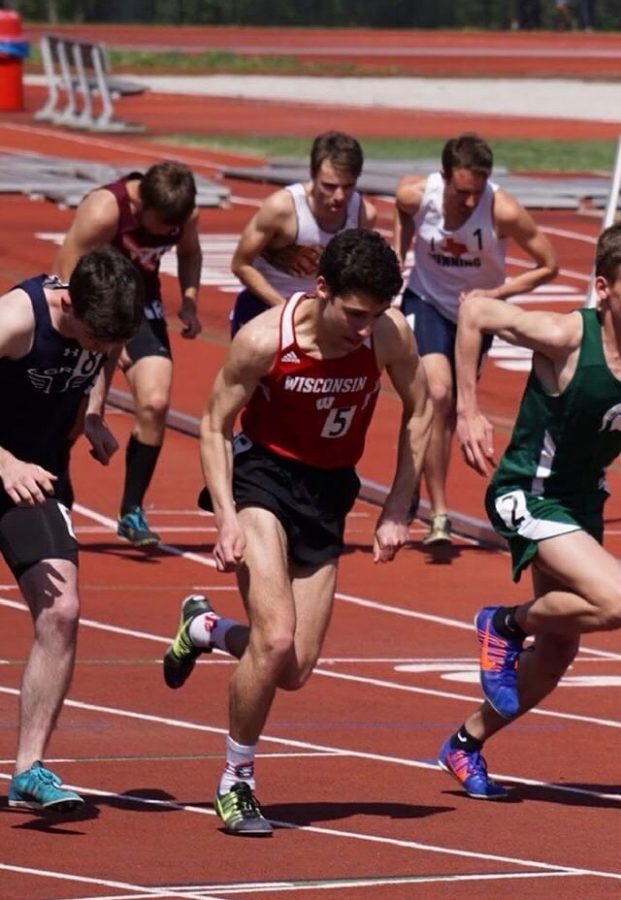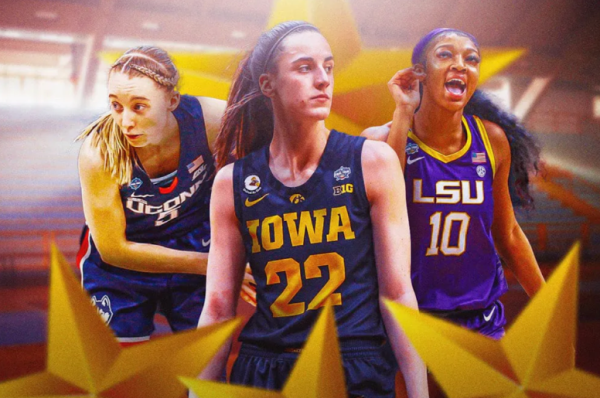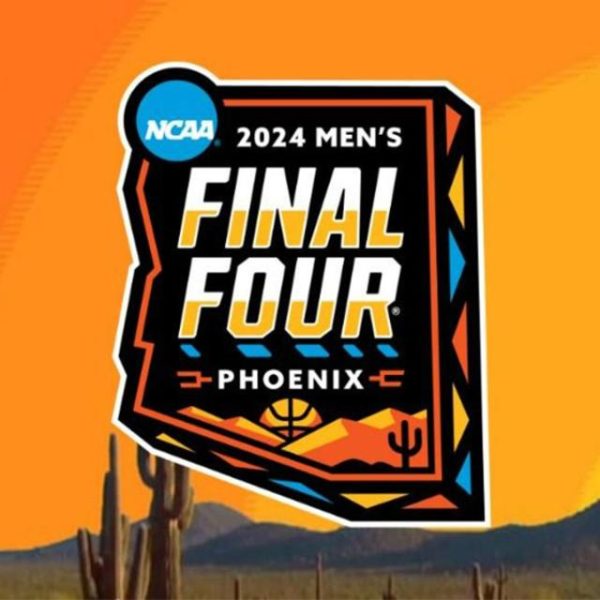Club sports: A hidden gem
Photo Bryan Jackler
Bryan Jackler runs club track for the University of Wisconsin.
While student-athletes who play varsity college sports are celebrated and glorified, little thought is given to athletes who flock to college club sports.
Those who opt to play club sports will not have scholarship money, professional guidance, or the other luxuries enjoyed by varsity players. Instead, athletes will pay dues to participate in their sport, on top of managing their teams, which are student-run.
“The vast majority is pretty much student-run as opposed to employee-run,” said Ken Lovic, president of the Men’s Collegiate Lacrosse Association, the governing body of collegiate club lacrosse. “When it comes to fundraising, travel, budgeting, it’s handled by students as opposed to full-time professionals.”
Despite these drawbacks, college club sports remain a popular option for many student-athletes. At WHS, student-athletes already have club sports on their mind. In an informal Hi’s Eye survey of 52 junior and senior student-athletes, 67 percent said they plan to continue their sport in a college club setting. The reason? With 8 million high school athletes in America but only 480,000 total NCAA openings, chances of competing on varsity are slim. Rather than abandoning their sport completely, many athletes choose to play on a club team.
As well as being an outlet for competition, club sports act as social hubs for students. Unlike the cutthroat nature of varsity college sports, club sports invite people of all athletic backgrounds to participate, making them uniquely inclusive.
“Many members of the club take their competitions very seriously, while others are just there to stay in shape and have fun with their friends,” said Bryan Jackler, a junior at the University of Wisconsin and 2015 WHS alum. A former varsity cross country runner for WHS, Jackler continued his running career in the club setting, adding that “the ability to adjust one’s own level of involvement is a luxury.”
On top of their inclusive nature, club sports offer a plethora of sports not available in varsity programs. While NCAA teams worry about their basketball players’ stats and numbers, club athletes are competing to become national champions in judo, bass fishing, paintball and the Harry Potter-inspired sport of quidditch.
While athletes do not enjoy the glitz and glamour of varsity athletics, club athletes still receive what they feel is an enriching sporting experience. Tara Daly, a 2011 WHS alumna, played club volleyball at her school, Loyola University of Maryland. When she was offered a spot on her school’s varsity team in the midst of her club career, Daly declined.
“I declined because I had such a good gig going and there was no financial aid,” she said. “The practices and games actually interrupted my class schedule and since there was no financial aid being offered, it wasn’t worth interrupting my academics … Playing on a club team in college was a great way to have a college-level sports experience without the time commitment involved with varsity sports.”
Where intramurals often fail to produce quality competition and varsity sports can become too large a commitment, college club sports sit at the crossroads of competition and balance.
“Club sports,” Lovic said, “just offer a more beneficial balance in the collegiate experience.”








